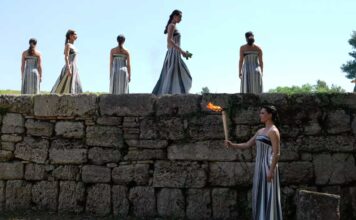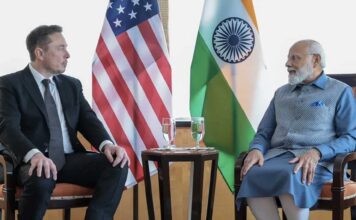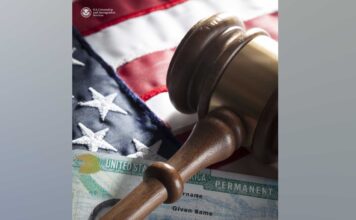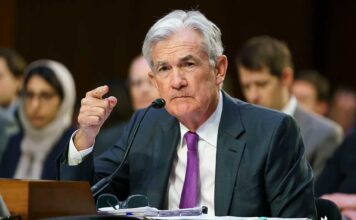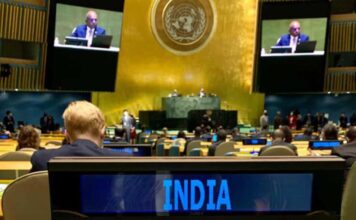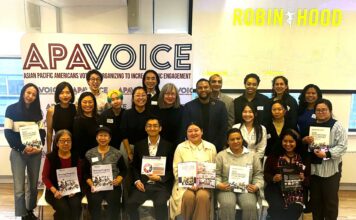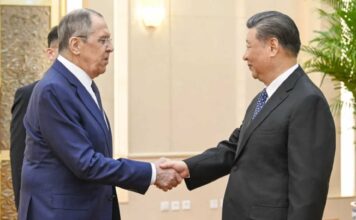Thursday marks the 74th anniversary of Japan’s World War II surrender, a national day of mourning, for those who remember the war and those who don’t.
Prime Minister Shinzo Abe did not visit Yasukuni Shrine, where Hideki Tojo and 13 other war criminals responsible for Japan’s deadly reign are enshrined, but he sent his emissary to make ritual offerings.
There were better places he could have expressed his condolences, but that would risk being seen as a sign of regret for the suffering of those non-Japanese formerly under the rule of Imperial Japan.
Every year, Japan wrestles with how to pay their respects to the dead of the Pacific War – those who fell on Pacific Islands and in Burmese jungles, on Manchurian hills and in Chinese villages, and in bombed and blazing cities in the home islands – which ended 74 years ago on Thursday.
Post-war emperors and other members of the Imperial Family are willing to pay their condolences to the Japanese war dead. But one important place that they do it, is not the famous – or notorious – Yasukuni Shrine, it is rather the Chidorigafuchi National Cemetery.
A tale of two war memorials
Yasukuni is perhaps Asia’s most controversial place of worship. As such, it is widely covered in global media. Chidorigafuchi is a very different matter: few have even heard of it.
Yasukuni Shrine was created by Emperor Meiji, and celebrates its 150 anniversary this year. However, it is not state property. Yasukuni is a privately run Shinto shrine where millions of war dead are commemorated. Problematically, it is also where 14 Class A War Criminals are worshipped as gods.
On August 14, the Mainichi Shimbun, a national paper, ran a scoop detailing how bad the relationship is between the imperial family and Yasukuni. According to the Mainichi and other reports, last September, Yasukuni contacted the Imperial Household Agency about a visit. The response was that the emperor would certainly not be going.
Chidorigafuchi National Cemetery is a national cemetery. Many, either in or outside of Japan, know little about, for it is buried in the metaphysical and political shade of Yasukuni. While right-wing, allegedly emperor-worshipping politicians and prime ministers have made it a litmus test of their faith to make pilgrimages, no member of the Imperial family has visited it since 1975.
Documents from those close to the Showa Emperor – Hirohito, who ruled Japan during and after the catastrophic Pacific War, and over whose responsibility historians still argue – was deeply disturbed by the inclusion of the architects of Japan’s war into those worshipped and commemorated at the shrine.
Eternal home of the war gods
Yasukuni has historically been a symbol of Japanese militarism. According to the Asahi Shimbun’s five-part series on the shrine, and the book Inquiry Into Yasukuni Jinja (2001), the shrine was founded on June 29, 1869, and originally called Shokonsha.
It was at first meant to honor those who had died fighting for Imperial Japan. However, after Emperor Hirohito ascended the throne, it became a site glorifying warfare.
“At first it was about a requiem for the dead, then a memorial, then public recognition of service for the country,” wrote one of Japan’s most famous scholars of nationalism, Yukio Hori. “Finally, by making ‘gods’ of the war-dead, it served the function of affirming dying for the war and making the public accept that.”
As Imperial Japan thrust into Manchuria in the 1930s, State Shinto – centered around Yasukuni – became the ruling ideology of Japan, not dissimilar to Nazism in Germany. When three Catholic students from Sophia University refused to worship at the shrine, in 1932, it became a national scandal, inflamed by reports in the Yomiuri newspaper, almost resulting in the closing of the university.
The Japanese government pushed the idea that sacrificing one’s life for the country in the war could make you a hero and elevate you to the status of a Shinto deity. The military hailed the war dead as eirei (“heroic spirits”) who would live forever, always honored at Yasukuni.
Kuniyoshi Takimoto, a former soldier who later become an anti-war activist, was a vocal critic of the Yasukuni Shrine and the role it played in the war. His last book, published when he was 96, Yuigon, is a personal and scathing look at Imperial Japan and the role State Shinto, and the part Yasukuni Shrine played.
“We were all brainwashed,” he wrote. “In elementary school, if you were a boy, you were told to become a soldier and if you died that being enshrined in Yasukuni was the greatest honor.”
In that totalitarian period, suspected activists vanished in the dead of night and all national activity fell under government oversight, including places of worship. However, Yasukuni had a very special status: It was directly under the management of Japan’s military. Its chief priest during the war was General Takao Suzuki.
The US was aware of the role state Shinto had played in the war and in 1945, issued the Shinto decree, which separated shrine and state. However, the people who were responsible for the war and unrepentant militarists clung to the idea of making Yasukuni central to Japanese culture again.
Prime Minister Shinzo Abe’s grandfather, Kishi Nobusuke, who served as Minister of Munitions during the war, was arrested as a war criminal in 1945 but later returned to power and actively campaigned to make the Yasukuni Shrine a government entity. During his brutal role in a puppet state in Northeast China, he was called “The Devil of Showa.”
In 1969, the Liberal Democratic Party put forward the “Yasukuni Law Act” to nationalize the shrine. The bill was defeated after massive protests by veterans, Buddhists and Christian groups.
However, the emperor still visited the shrine up to 1975 to pay respects. That would change.
In October 1978, Yasukuni’s Head Priest Nagayoshi Matsudaira secretly enshrined 14 Class-A war criminals there, including Hideki Tojo, the architect of Japan’s war, in a religious ceremony.
In a speech, Matsudaira once stated: “If we don’t deny the historical perspective of the Tokyo War Crimes Tribunal, Japan’s spirit will never revive.” That is a view echoed in the ruling Liberal Democrat Party’s constant refrain of “breaking away from the postwar regime.”
Emperor Hirohito expressed unusually strong distaste for the ceremony that made gods of war criminals. While emperors are not free to speak freely, his thoughts were described in a memorandum by a former Imperial Household Agency official. When the memo came to light in 2006, Abe – the cabinet spokesman at the time – was at a loss for words.
In recent years, revisionists have tried to deny the memorandum as ’fake news’ but the continued refusal of the Imperial family to visit the shrine speaks volumes.
Where emperors bow their heads
Yet, the imperial family has not avoided Chidorigafuchi. In May of 2018, Prince Hitachi, the younger brother of Emperor Akihito, attended a memorial service there.
Chidorigafuchi National Cemetery is only one kilometer south of Yasukuni in downtown Tokyo. It was established by the Japanese government on March 28, 1959, to house the remains of the many soldiers who died overseas during World War II.
On that day, Prime Minister Kishi, Emperor Hirohito and ambassadors from the UK, US and five other countries attended and offered flowers to the dead. Some of the remains enshrined there were recovered from distant killing grounds in a series of government missions which date back to 1953.
They include not only soldiers and military support personnel, but ordinary civilians as well. It became the equivalent of Japan’s “Tomb of the Unknown Soldier” and is non-denominational.






